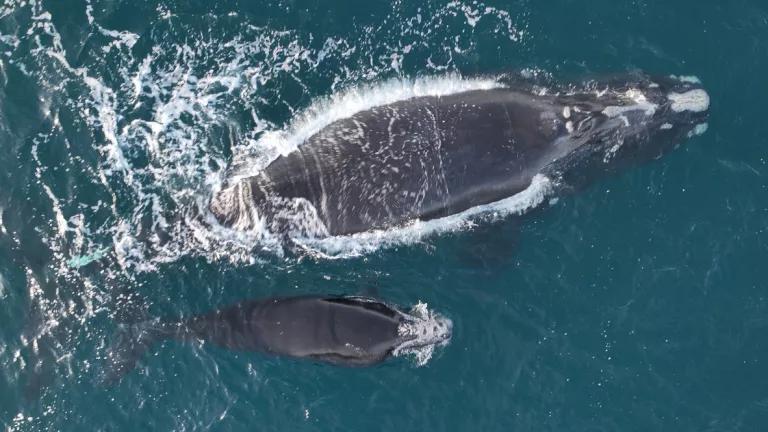With all the attacks on wildlife in Congress right now, I sure could use some good news about wildlife conservation--and it’s always good to be reminded that if we just leave things alone (or, sometimes, give them a little boost) nature is remarkably resilient:
- Washington State now has its fifth wolf pack. The new “Smackout Pack,” is located in the northeast part of the state. The discovery follows last month’s confirmation of a fourth wolf pack in Teanaway River Valley, about 90 minute drive east of Seattle.
- After being completely extirpated in the wild, Columbia basin rabbits
have successfully bred in Washington’s Sagebrush Flat Wildlife Area. The success--the first of its kind since 2004—follows the reintroduction of 93 rabbits to the wildlife area. Kudos to the Washington and Oregon zoos, who led the captive breeding program.
- Reintroduced California condors are increasingly expanding their range, according to biologists. The condors are beginning to explore the southern Sierra Nevada mountains. One condor flew from the Pinnacles National Monument, all the way to the Sequoia National Park. Another nearly reached the San Gabriel Mountains.
- An apparently thriving (albeit still quite small) population of highly endangered snow leopards has been found in Afghanistan’s Wakhan Corridor, a remote mountainous region in the country’s northeast. The discovery is welcome news, as the worldwide population of snow leopards is thought to be as few as 4,500.
- Alabama’s Coosa River tulotoma snail has started to recover, so much so that federal biologists have reclassified it as a threatened species (it was previously considered “endangered”). According to Mark Musaus, Deputy Director in the Southeast for the U.S. Fish and Wildlife Service, the reclassification “indicates you have a return to more of the historic natural conditions of the watershed here. That hopefully will be an indicator of a healthier system that we as humans can enjoy as well. What is good for the snail is also good for us." (As quoted in The Birmingham News)
- A trail camera captured the image of an ocelot in Arizona’s Huachuca Mountains.
The cat is the second wild ocelot documented in the mountains this year. Mark Heart, a spokesperson for the Arizona Department of Fish and Game hailed the discovery in the Arizona Republic: "It demonstrates abundant biodiversity in Arizona," Hart said. "If there's a breeding pair in the Huachucas, that's significant."
- Ospreys have made a comeback in Cook County, Illinois (home of the Windy City) after being wiped out nearly sixty years ago. According to the Chicago Tribune there are now ten nesting pairs of ospreys in Cook County and seven chicks have already been hatched. The comeback is attributed to an effort by government agencies, such as Forest Preserve District of Cook County, which have erected osprey nesting platforms on state land.
- Conservation International has released the first-ever photos of the the Sambas Stream Toad, or Bornean Rainbow Toad (Ansonia latidisca). The toad was last documented in 1924. The discovery was made by Dr. Indraneil Das of University Malaysia Sarawak (UNIMAS) in a remote region along the Malaysian-Indonesian boarder. Truly, a remarkably beautiful creature.




